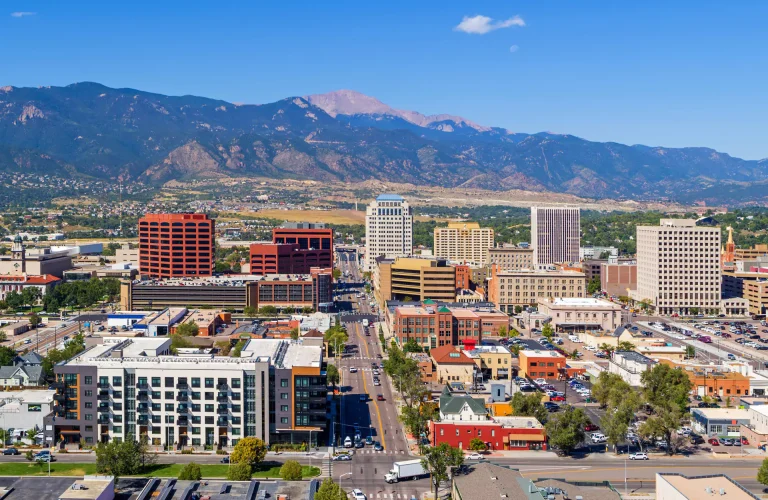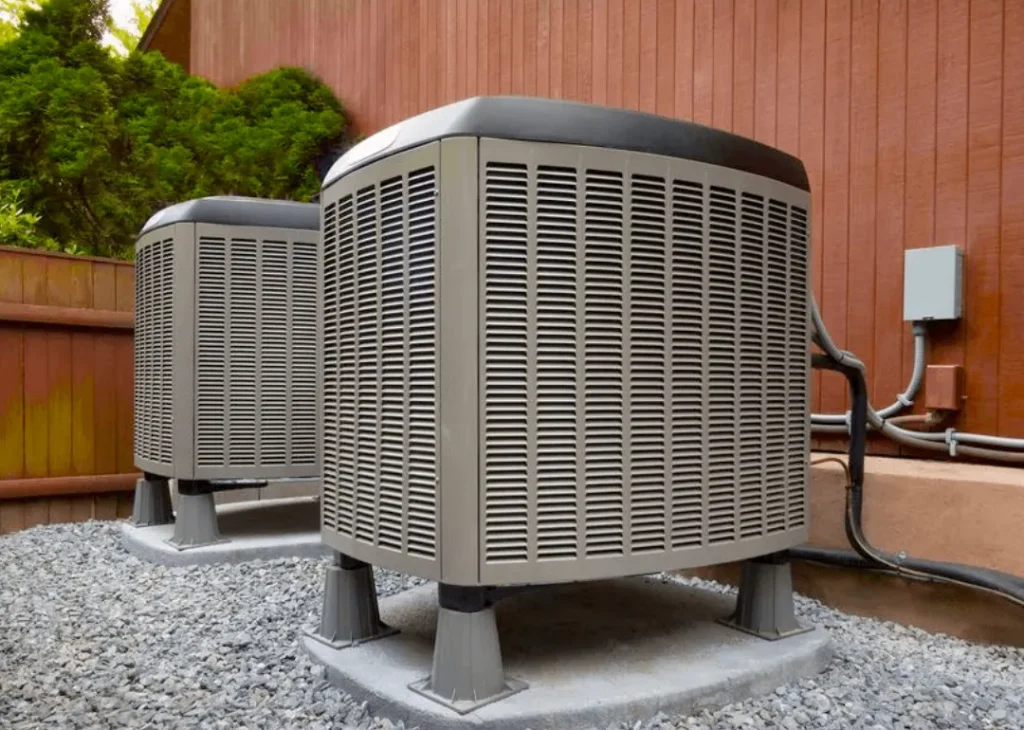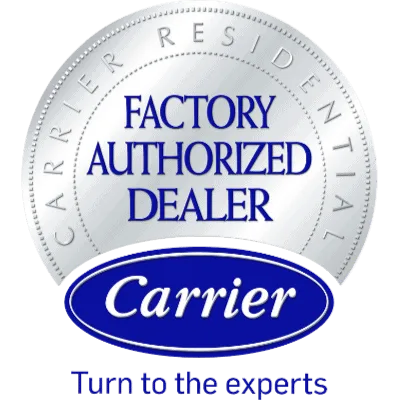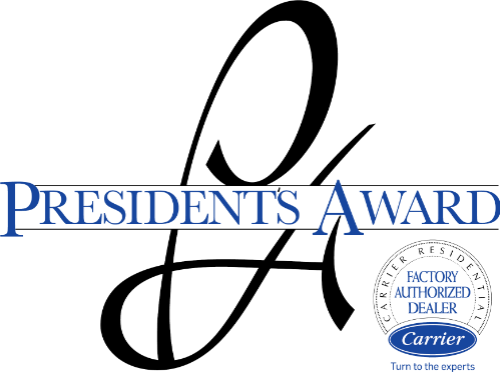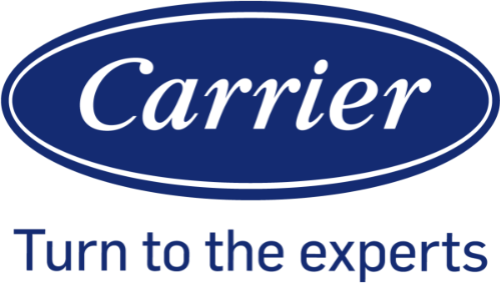Understanding Air Quality Challenges in Colorado Springs
Colorado Springs residents face unique air quality challenges due to our elevation at 6,035 feet above sea level and the distinctive weather patterns of the Pikes Peak region. The thin mountain air, combined with seasonal temperature inversions, can trap pollutants close to ground level, particularly during winter months when heating systems run continuously. Indoor air quality becomes even more critical when you consider that most people spend approximately 90% of their time indoors, where pollutant concentrations can be two to five times higher than outdoor levels.
Our team at Advantage Heating and Cooling regularly encounters homes where poor ventilation, inadequate filtration, and aging HVAC systems contribute to compromised indoor air environments. Dust, pollen from native Colorado vegetation, pet dander, and volatile organic compounds from household products accumulate without proper air circulation and filtration. As a Carrier Factory Authorized Dealer, we have access to advanced air quality solutions specifically designed to address these regional challenges while maintaining energy efficiency in our high-altitude climate.
Common Indoor Air Pollutants Affecting Local Homes
The semi-arid climate of Colorado Springs creates conditions where certain pollutants become particularly problematic. During spring and summer, pollen from juniper, pine, and cottonwood trees infiltrates homes through standard filtration systems. Wildfire smoke, an increasingly common concern along the Front Range, introduces fine particulate matter that standard furnace filters cannot adequately capture. These microscopic particles, measuring 2.5 microns or smaller, penetrate deep into lung tissue and can trigger respiratory issues, especially in children and elderly residents.
Household activities generate additional pollutants that accumulate without proper ventilation. Cooking releases nitrogen dioxide and particulate matter, while cleaning products emit volatile organic compounds. Building materials in newer homes often off-gas formaldehyde and other chemicals. Our NATE certified technicians frequently measure elevated carbon monoxide levels in homes with improperly vented gas appliances or attached garages where vehicles idle. These invisible threats require comprehensive air quality solutions that go beyond basic filtration.
Advanced Air Purification Technologies We Install
Modern air purification systems utilize multiple technologies to address different pollutant types effectively. HEPA filtration captures 99.97% of particles as small as 0.3 microns, including most allergens, dust mites, and mold spores. UV-C germicidal lamps installed within ductwork neutralize bacteria, viruses, and mold growth on cooling coils, preventing biological contaminants from circulating through your home. Electronic air cleaners use electrostatic precipitation to remove smoke particles and microscopic allergens that mechanical filters miss.
We offer free estimates for whole-home air purification systems that integrate seamlessly with existing HVAC equipment. These systems include:
- Media air cleaners: High-efficiency filters with MERV ratings between 11 and 16 that capture particles without restricting airflow
- Photocatalytic oxidation units: Advanced systems that break down chemical vapors and odors at the molecular level
- Energy recovery ventilators: Equipment that brings in fresh outdoor air while recovering heating or cooling energy from exhausted air
- Humidity control systems: Whole-home humidifiers and dehumidifiers that maintain optimal moisture levels year-round
Maintaining Optimal Indoor Air Quality Year-Round
Achieving healthy indoor air requires more than installing equipment; it demands ongoing maintenance and monitoring. Regular filter changes remain fundamental, yet many homeowners underestimate their importance. In Colorado Springs, where dust levels spike during dry periods and construction activities, filters require replacement every 30-60 days rather than the standard 90-day recommendation. Our emergency service ensures that unexpected air quality issues receive immediate attention, preventing health impacts and system damage.
Duct cleaning every three to five years removes accumulated debris that harbors allergens and restricts airflow. Our technicians inspect ductwork for leaks that allow unconditioned air and pollutants to enter living spaces. Proper sealing improves both air quality and energy efficiency, reducing heating and cooling costs while maintaining cleaner indoor environments. With financing available for comprehensive air quality improvements, homeowners can implement these solutions without financial strain. See the Advantage of professional air quality management through our fast, fair, and hassle-free service approach. Heating & Cooling Services Done Right means addressing not just temperature control but creating genuinely healthy indoor environments for Colorado Springs families.
